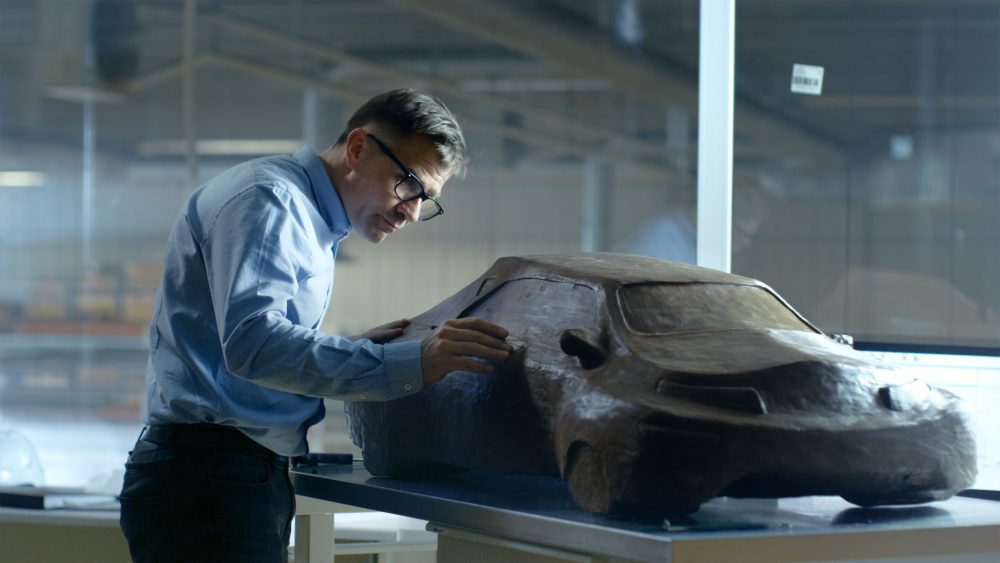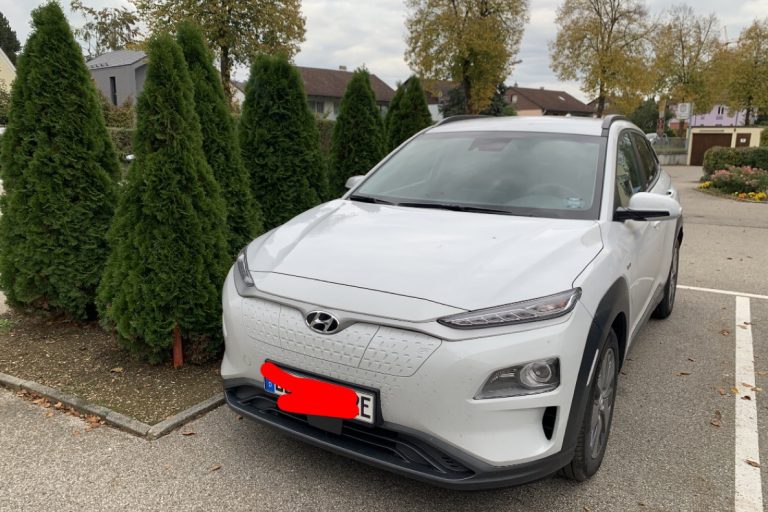When someone takes a general look at the concept of autonomous driving systems, the uniqueness and innovation start to take over. But from the safety point of view, there are still some backlogs. The need for stern safety features first came up when an Uber operating self-driving car hit a 49 years old Arizona resident. Later on, she couldn’t survive and got died. From this death, the idea of autonomous vehicles suffered serious consequences. But this does not mean that technology should be depreciated. The concept, in its true essence, is quite rich, and one bad accident should not hamper its vitality in future mobility.
While looking for ways to test autonomous driving systems in the best secure and safe environments, the development of model cars can prove to be beneficial. Since they will be a replica of fore developing autonomous vehicles, hence one can test the autonomous driving system in a much safe and cloned environment. It would let researchers test the designed system and identify the loopholes. Therefore, giving them more room for improvement before finally implementing it in real-time vehicles.
The Architecture of a Model Car
Since the sole purpose of developing a model car is to test the autonomous driving system in both a non-ideal and complex environment, there is a keen need to look at what does it represent? A group of researchers from TU Dortmund University conducted a research project on autonomous driving. Below is a detailed explanation of their developed architecture of a model car used as a testbed for the autonomous driving system.
The model car has various sensors to feed data to the general-purpose computer, which will then process this data to make various autonomy related decisions. To exhibit real-time traffic, it is also equipped with necessary signals and lights. Altogether, ten ultrasonic sensors are installed to constantly measure the distances of surrounding objects and ensure collision-free driving. The front and back camera will give a wide-angle view. Furthermore, for better understanding the architecture and working of model car, following is the detailed explanation of main components:
General Purpose Computer
General-purpose computer (GPU) is the core of model car as all sorts of decisions and processing will be aided by the general-purpose computer. The GPU used in the model car has the Intel dual-core 3.2GHz i3 processor along with the 8GB RAM and 128GB SSD ROM. To have better connectivity, it is also equipped with Bluetooth and Wi-Fi. Since all data processing and decision making will be done from here, USB 3.0 is provided to connect and receive data from the cameras. Furthermore, Arduinos are also connected to this GPU through USB ports. Xubuntu is installed as a prime operating system.
To meet the graphics needs, NVIDIA GeForce GTX 1050Ti is connected via PCIe slots. This graphics card is equipped with the 4GB DDR5 memory and processes data at the clock speed of 1290MHz. It can process four 480 x 360 resolution pictures in one second. The general-purpose computer is multi-dimensional and thus has the capability to handle both visual and sensor data processing tasks.
Arduinos
Arduino provides easy and fast prototyping. Therefore, they are more suited to provide an intermediator connection between the sensors, actuators, lights, and GPU. Arduino Micro has a total of 20 I/O pins to which different I/O devices can be connected. The model car has a total of five Arduinos to assist communication between sensors and actuators. These Arduinos communicate via USB with the GPU and are stationed on the Printed Circuit Boards (PCBs). There are five ultrasonic sensors connected with the Arduino in the front bumper of the model car. The other five ultrasonic sensors are connected with another Arduino in the rear bumper of the model car. The Arduinos are programmed to trigger the sensor’s measurements and calculate the distance. The third Arduino is used to configure the motion and position tracking sensor. The fourth Arduino is programmed to control lights and actuators. Likewise, the fifth Arduino is used to control the battery by monitoring the battery voltages and balancing the power. The respective data of all these Arduinos is then fed to the GPU via Arduino Communication Filter.
Printed Circuit Boards
PCB provides a firm connection between the sensors, Arduinos, and the car’s control system. It is basically a platform of conductive paths that provides connectivity to various components. They act as a socket for the Arduino and thus allows the ultrasonic sensors to be plugged in. There are a total of three PCBs in the model car. There is a potentiometer mounted on the PCB. The purpose of this potentiometer is to fine-tune the idle torque of the motor along with the initial position of the steering servo.
Lights
To provide state of the art replica of the real-time car, a model car is equipped with headlights, indicators, brake lights, rear lights, and reverse lights. The operation of these lights is controlled by the circuit board, which is embedded in the model car’s body. This circuit board is further connected with the GPU via the RJ45 connector.
Noise handling System
Since multiple sensors are connected in the model car, therefore there is a great chance of intermediate signal interference and noises. This noise can hamper the overall working of the model car since they will be sending distorted data to the processing units. To mitigate this challenge, a noise handling system is installed. Ultrasonic sensors are more prone to produce noises, thereby noise handling system centers towards minimizing their noises. A couple of filters, noise mitigation techniques, and algorithms are used to mitigate the noise. These noiseless signals when fed to the GPU, allows better data processing, thus facilitating in better decision making.
Conclusion
Model cars are a great way to test and improve the designed autonomous driving systems. Such testbed models enable developers to test the performance and limitations of their design. Having explained the architecture of the model car, researchers can consider it a replica of conventional autonomous vehicles. Once the results of test runs come out to be satisfactory, the same designs and installations can be finalized. Thus, paving ways for more safe and certified autonomous vehicles. Moreover, the development of such model cars can also prove to be beneficial from the financial point of view. It is a lot better for the automobile manufacturers to first test their designs and models by way of a model car rather than beginning mass production. If such a strategy is adopted, there are chances that if something unpleasant happens, not only does the company suffer financial loss, their credibility shall also get hampered.




